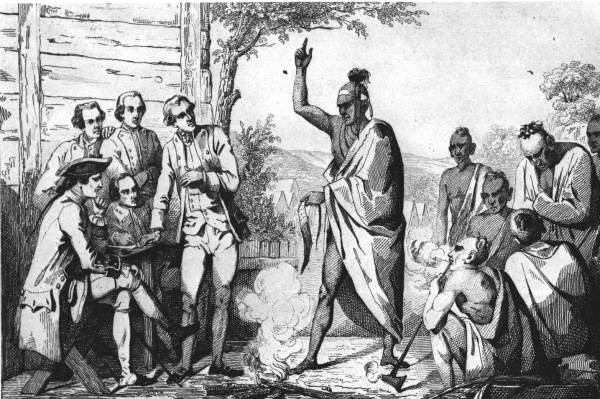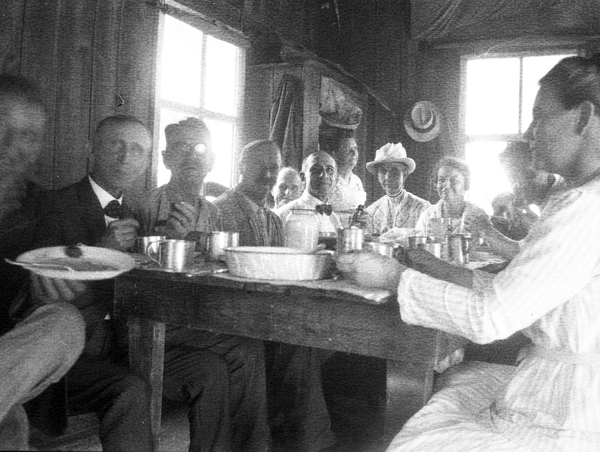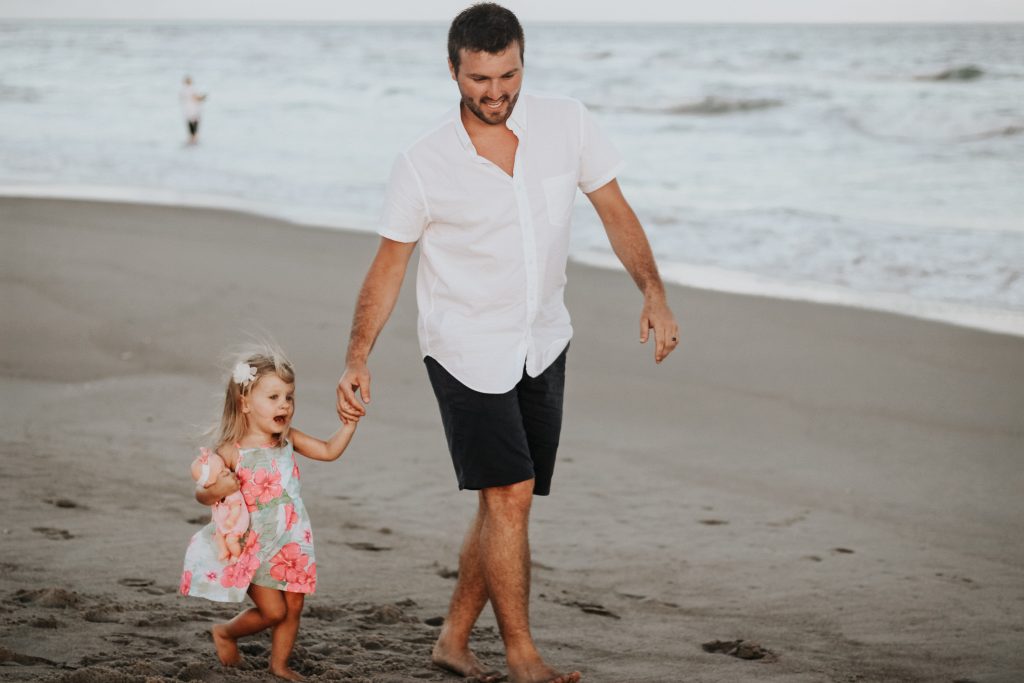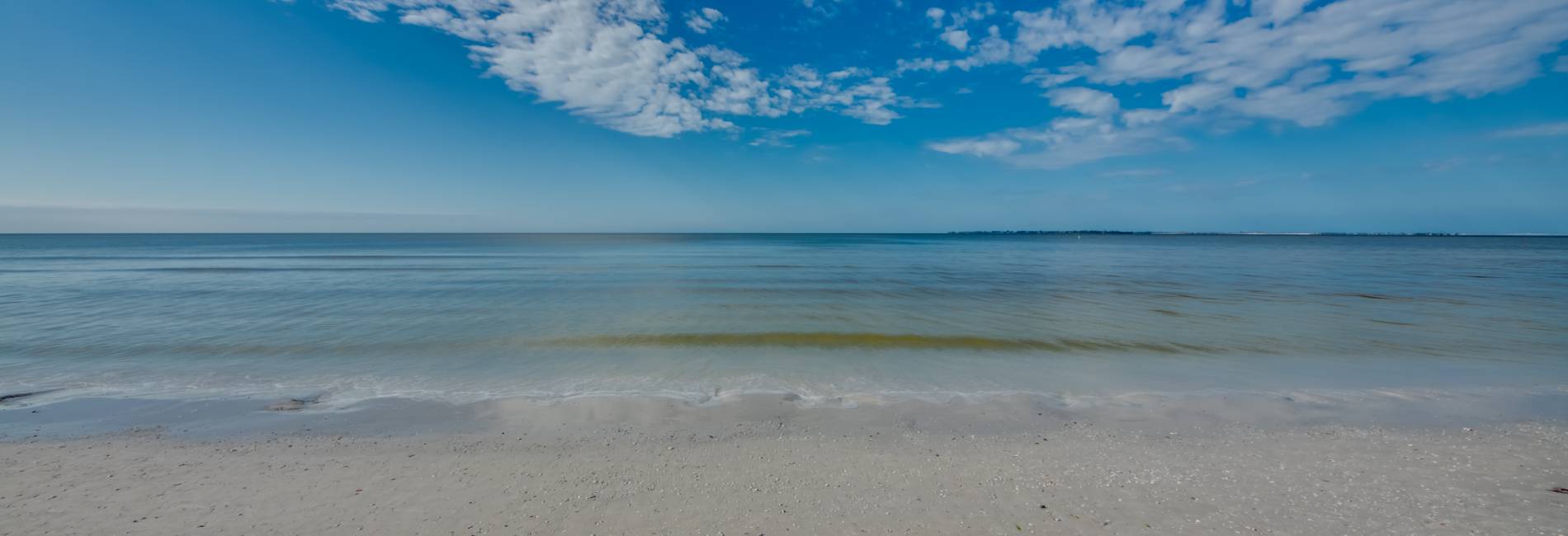Fort Myers Beach on Estero Island is known as a fascinating and thrilling vacation destination with some of the most luxurious beachside vacation rentals and condos in all of Florida.
Estero Island has quite an extraordinary history behind it. It is a geologically new barrier island that arose after the end of the last Ice Age. At various points in time it was controlled by the Calusa tribe as well as the Spanish and British empires.
The local museums and protected historical sites preserve artifacts of these groups and document their influence. They educate the public today about the customs and traditions of the former Calusa Indians and others who vied for control over this beautiful and prized area, which was abundant with food and located in a strategic position.

The Calusa tribe and Spanish and British colonization
Ft. Myers Beach history began around 2,000 years ago when the Calusa tribe were the dominant rulers of South Florida. The Calusa developed a reputation of being proud warriors and difficult to subject, as they fiercely resisted colonization attempts by Ponce de Leon in 1513 and 1521. They mortally wounded Ponce de Leon in 1521 after a surprise attack, likely near the Caloosahatchee River.
In 1566, after founding St. Augustine, Spanish conquistador Pedro Menendez de Aviles arrived at Estero Island to secure it for Spain, turn it into a Jesuit mission, and make the peninsula safe for shipwreck survivors. Menendez also failed to pacify the Calusa Indians in spite of his wealth and power.
However, within 100 years, the Calusa people would sadly be completely wiped out due to disease, economic upheaval, and hostilities with other groups.
From the period of the late 17th to the mid 19th century, the British and Spanish fought over control of Estero Island. During periods of relative calm, Cuban fishermen established small fishing villages called Ranchos throughout the area. The Cubans and Creek Indians displaced the remaining Calusa.
American Settlement of Estero Island

After the United States pressured Spain into selling Florida, it became the 27th U.S. state in 1845, and the American settlement of Estero Island began. The first American settlements occurred after the Homestead Act of 1862.
The first homesteads on the island were developed by William Case and Robert Gilbert who established the first cottage rental industry, gardening, a fishing industry, hotel and sawmill by 1914.
Development remained slow until Florida gained more attention as a vacation destination in the 1920s. Afterward, a pier, canal, more hotels and two casinos were constructed. The island was further modernized in the 1950s and the local shrimping industry also took off, boosting the island’s population.
Development has continued to the present day, as tourists, seasonal and permanent residents contribute to a thriving local economy. The town of Fort Myers Beach was officially incorporated in 1995 by the state of Florida.
Fort Myers Beach today
Today, Fort Myers Beach is one of the most frequently visited tourist destinations in Florida. It is famous for fishing, boat tours, a plethora of restaurants, a vibrant nightlife, highly-touted natural parks, water sports, shopping and dining, and historic attractions.
The beaches on the island are known to be some of the safest in the world because of their shallow waters and lack of under towing. The hard and compact sand makes it possible to walk or run the whole 7-miles of the city’s beaches, and they are within a short distance of the vacation rentals on the island.
The gorgeous sun-soaked sandy beaches make this island one of the best vacation and lodging spots in Southwest Florida. However, that’s not all! There are many other exciting things that will draw you closer to Ft. Myers Beach and make you keep coming back year after year.
The shell mounds at the Mound Key Archaeological State Park and archeological sites on Estero Island such as Mound House still stand as a testament to the strength of the original people of Estero Island, the Calusa Indians, and are popular Ft. Myers Beach historic sites to explore.
Other historic attractions that you’ll find nearby include the Estero Island Historic Society, Koreshan State Historic Site, Southwest Florida Historical Society, Burroughs Home and Gardens, and Edison & Ford Winter Estates.

Sports, Fitness, and the Art of Exploration
You name an ocean sport and you’ll find it in abundance on this amazing barrier island. Are you interested in a more exciting sport like parasailing or simply relaxing by the water and fishing? Or rent a kayak to explore the lesser known places near the island, such as the Great Calusa Blueway.
There are many companies that offer boat rentals, fishing charters, parasailing, paragliding, kayaking, jet-skiing, or stand up paddleboarding for full day activities. You can also indulge in a number of cruises and tours such as pirate cruises, sunset trips, or dolphin excursions.
If you are a nature lover, there are many inspiring parks along the coast where you can get a firsthand experience of the mangrove ecosystem, maritime hammocks, freshwater marshes and tidal flats along with hundreds of bird species and other marine life to watch and learn about.

A Must-Visit Historic Destination
Ft Myers Beach is a must-visit historic destination with its top-tier vacation rentals and fascinating stories to learn about. Accommodations in Fort Myers Beach are affordable and cater to all price ranges. Book a vacation rental that fits well within your budget and spend more of your vacation time on historic tours, restaurants, shopping, water sports, nature tours and all the other exciting experiences you’ll find.
The next time that you book lodging on Ft. Myers Beach, don’t miss some of the top historic sites such as the Mound House archaeological and historic site, Koreshan State Historic Site, the nearby Ford and Edison estates, and many others to experience the remarkable history of the region.






